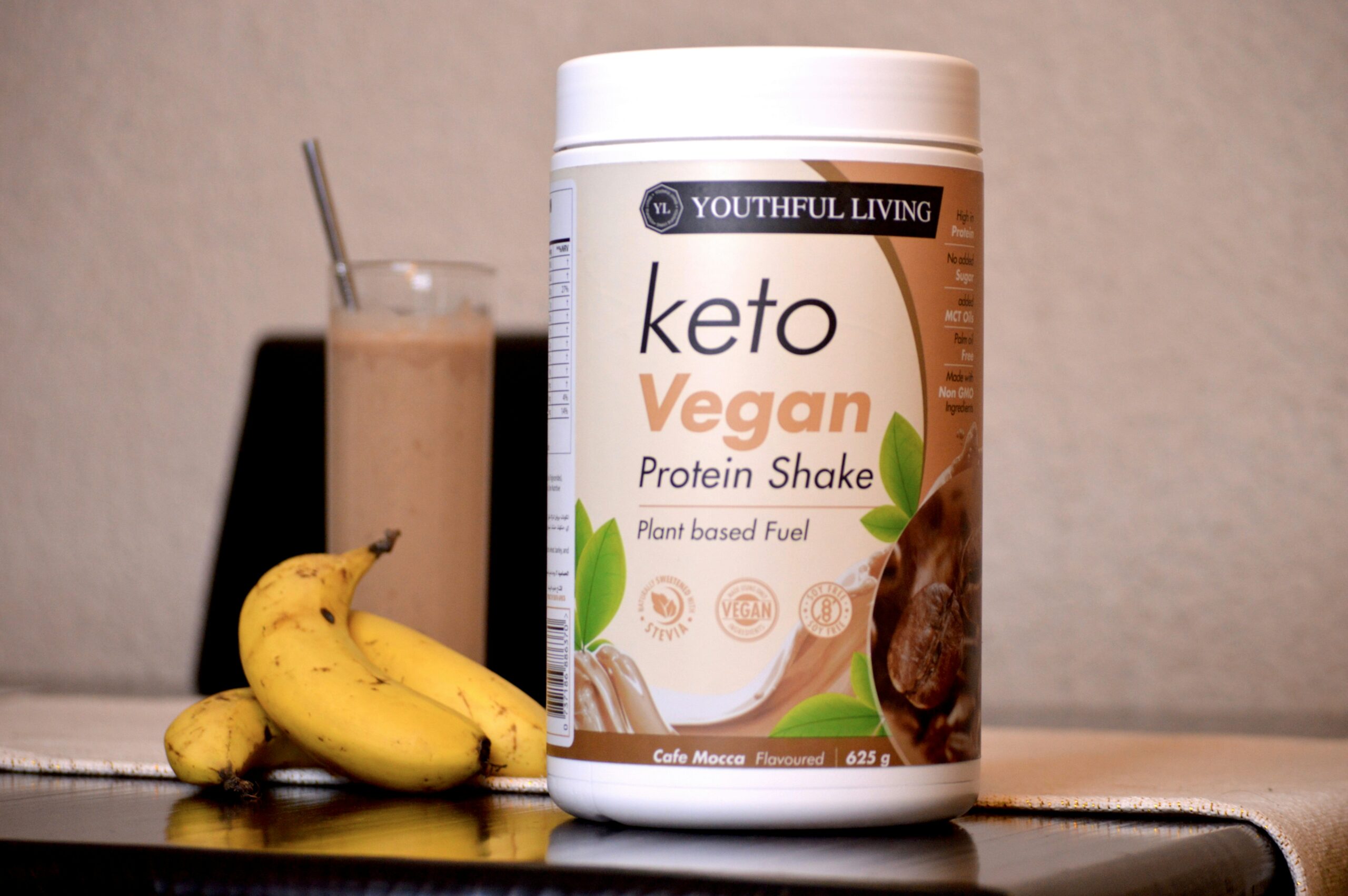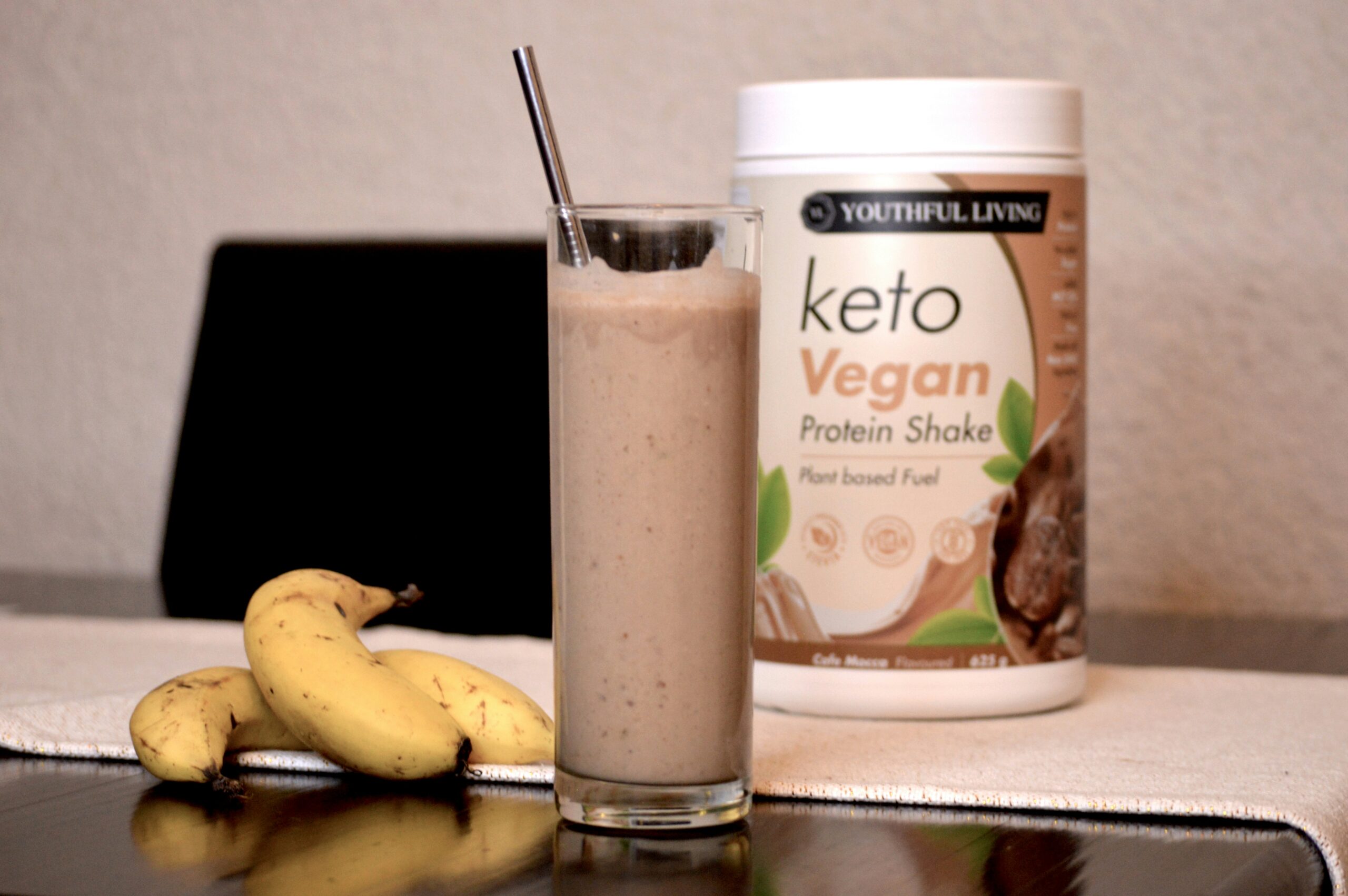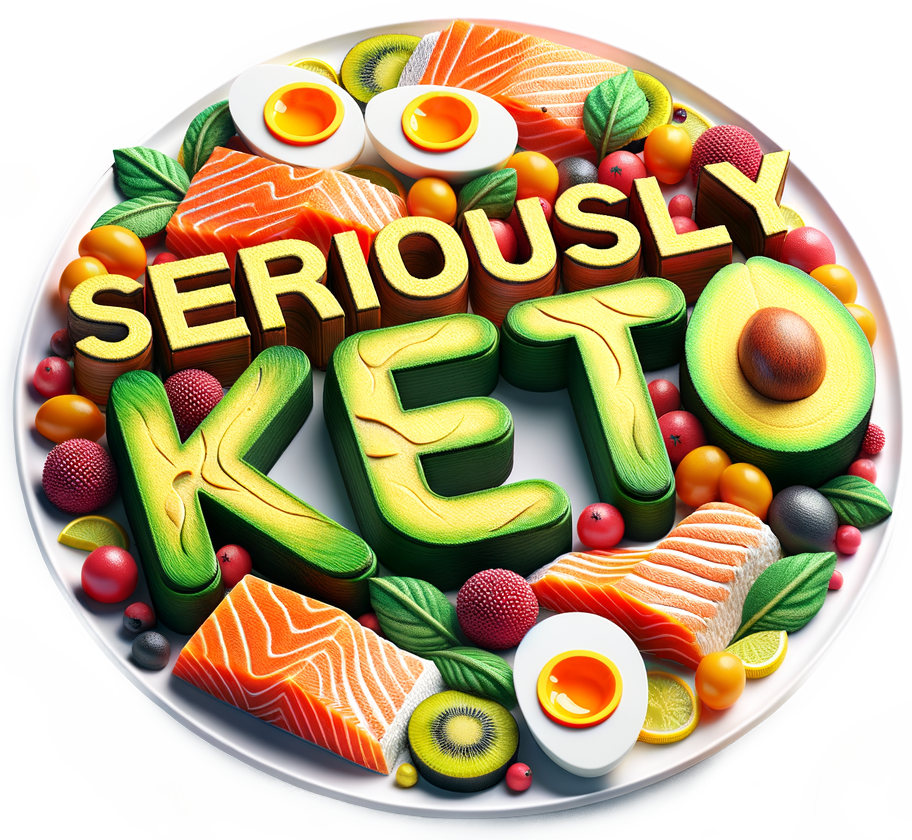Have you been curious about whether adopting a keto diet could help you maintain your muscle mass while shedding those extra pounds? This question has been on the minds of many fitness enthusiasts and dieters alike. If you’re considering the keto diet as a route to both slimming down and gaining or maintaining muscle, you’re not alone. Let’s take a detailed and friendly stroll through what the keto diet might offer in terms of preserving your hard-earned muscle mass while you work towards your weight loss goals.
Understanding the Keto Diet
The ketogenic diet is a low-carb, high-fat dietary plan that has gained immense popularity in recent years for its potential to facilitate weight loss. The central idea is to shift your body’s primary energy source from carbohydrates to fats, encouraging it to enter a metabolic state known as ketosis. In this state, the liver converts fats into ketones, which then act as an alternative energy fuel.
The Basics of Ketosis
When you drastically reduce your carbohydrate intake, your body’s glycogen stores become depleted. Typically, this happens within about 2 to 4 days, depending on your level of activity and overall health. Once glycogen has diminished, your body increases its reliance on fat for energy, thereby producing ketones. These ketones are then utilized by your organs and tissues as an alternative energy source.
Keto Macros and Muscle Preservation
Another critical aspect of the keto diet is its macronutrient distribution. This usually involves consuming roughly 70-75% of your calories from fats, 20-25% from proteins, and just 5-10% from carbohydrates. The emphasis on higher protein intake can potentially aid in muscle maintenance, as proteins are indispensable for muscle repair and growth.
How Does Muscle Loss Occur?
To understand how the keto diet might help you retain muscle mass, it’s vital to know the mechanisms of muscle loss, especially during a calorie deficit which is often necessary for weight loss.
Muscle Loss During Caloric Deficit
When in a caloric deficit, your body might start using not just fats but also some lean body mass, including muscle tissue, as a source of energy. This catabolic state can diminish your muscle mass, especially if your protein intake or physical activity level isn’t optimized towards preserving those muscles.
Importance of Protein and Resistance Training
Protein is a key player in minimizing muscle loss. A sufficient protein intake helps in muscle protein synthesis, counteracting muscle degradation. Furthermore, engaging in regular resistance training sends a “use it or lose it” message to your muscles, signaling them to grow or at the very least, maintain their size and strength.

The Science Behind Keto and Muscle Preservation
Scientific research has delved into the relationship between the ketogenic diet and muscle retention. Though still evolving, some studies have pointed to possible benefits the keto diet might offer in this area.
Research Studies and Findings
Several studies have observed the effects of the ketogenic diet on muscle preservation:
- Study 1: A research piece involving resistance-trained athletes found that a well-formulated ketogenic diet could help preserve muscle mass while promoting fat loss over a 12-week period.
- Study 2: Another study highlighted that ketogenic diets might outperform traditional higher-carb diets in preserving lean body mass during weight loss phases, assuming adequate protein is consumed.
- Study 3: Conversely, some studies are less optimistic, suggesting that without carefully managed macronutrients and physical training, muscle loss can be an outcome of the ketogenic diet.
Ketosis vs. Traditional Dieting
Comparing ketogenic diets with more traditional, higher-carb weight loss diets reveals intriguing contrasts:
| Aspect | Ketogenic Diet | Traditional Diet |
|---|---|---|
| Carbohydrate Intake | Very low (5-10%) | Moderate to high |
| Protein Needs | High (20-25% to protect muscle mass) | Moderate |
| Fat Usage | Primary energy source (via ketosis) | Typically secondary to carbs |
| Muscle Preservation | Potentially better with targeted nutrition | Varies with protein intake and exercise |
Practical Steps to Preserve Muscle on Keto
If you’re sold on giving the keto diet a try, yet want to safeguard your muscles, here are some practical tips to consider.
Meet Your Protein Needs
Ensure you’re consuming enough protein, tailored to your body’s requirements and workout regimen. Aim for approximately 1.2 to 2.0 grams of protein per kilogram of body weight, especially if you are active.
Engage in Regular Strength Training
Strength and resistance training shouldn’t be overlooked. Regular workouts with weights or bodyweight exercises are crucial in signaling your muscle cells to maintain and grow.
Monitor Your Diet and Progress
Keep track of your body composition rather than just weight. This could involve bioelectrical impedance scales or even more precise methods like DEXA scans for accurate muscle mass measurements.

Keto as a Long-Term Solution
Whether the keto diet is a sustainable lifestyle choice varies widely from one person to another. Consider your personal preferences, any medical conditions, and consult with healthcare professionals if needed.
Longevity and Health Considerations
While keto can offer short-term success, consider nutrient diversity and long-term impacts on health. Balance your fat sources, prioritize healthy fats, and maintain sufficient vegetable intake for nutrients and fiber.
Transitioning to Maintenance
After reaching your weight and muscle retention goals, a gradual transition to a more balanced diet might be desired by some. You can slowly introduce more carbohydrates while closely monitoring your physical responses.
Conclusion
To sum up, the ketogenic diet holds potential not only for assisting in weight loss but also in maintaining muscle mass — provided that the diet is well-structured and accompanied by appropriate exercise. While it may not suit everyone, with the right approach, you might find it an effective strategy in your health and fitness arsenal. Always remember that individual results can vary, and it’s crucial to tailor your dietary choices to fit your unique physiological needs and lifestyle.


